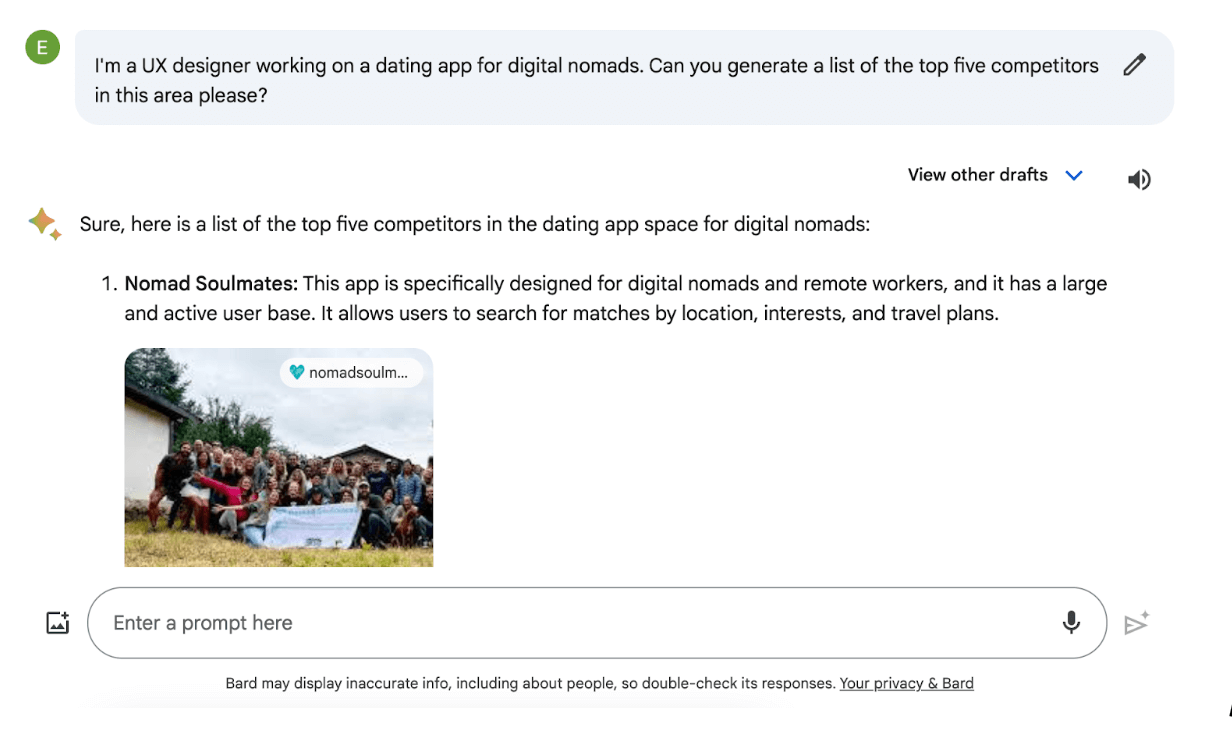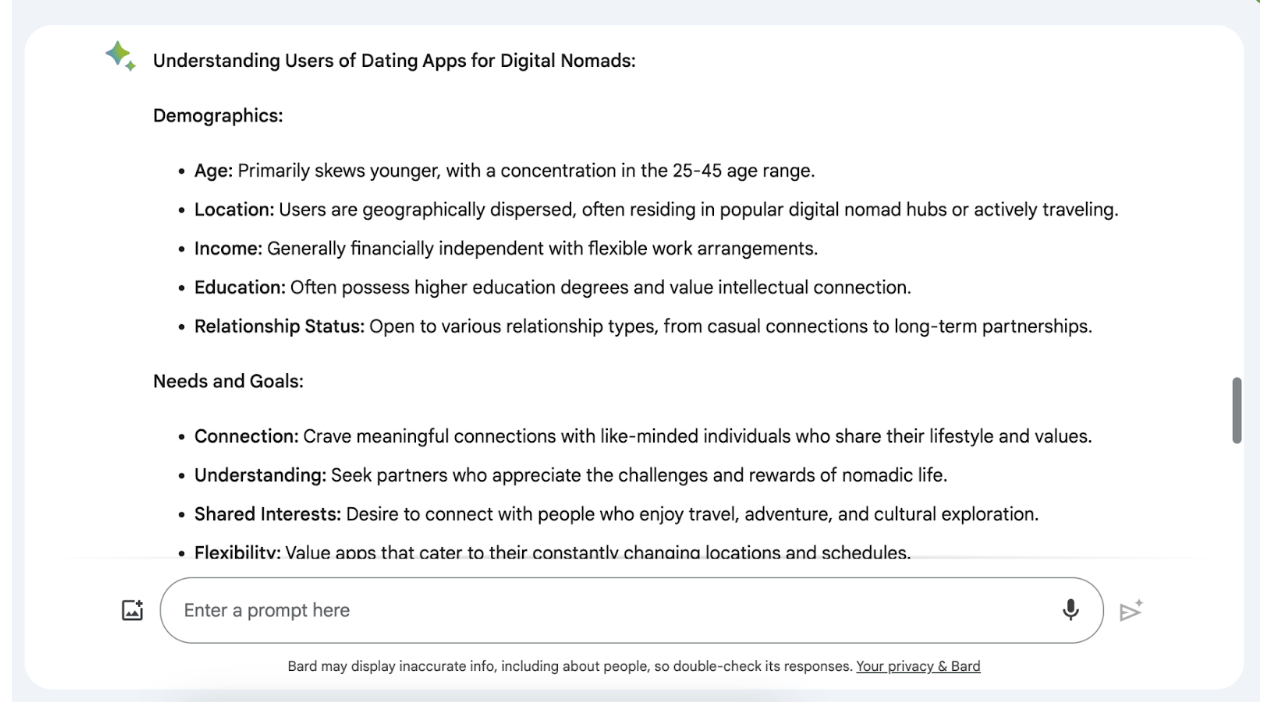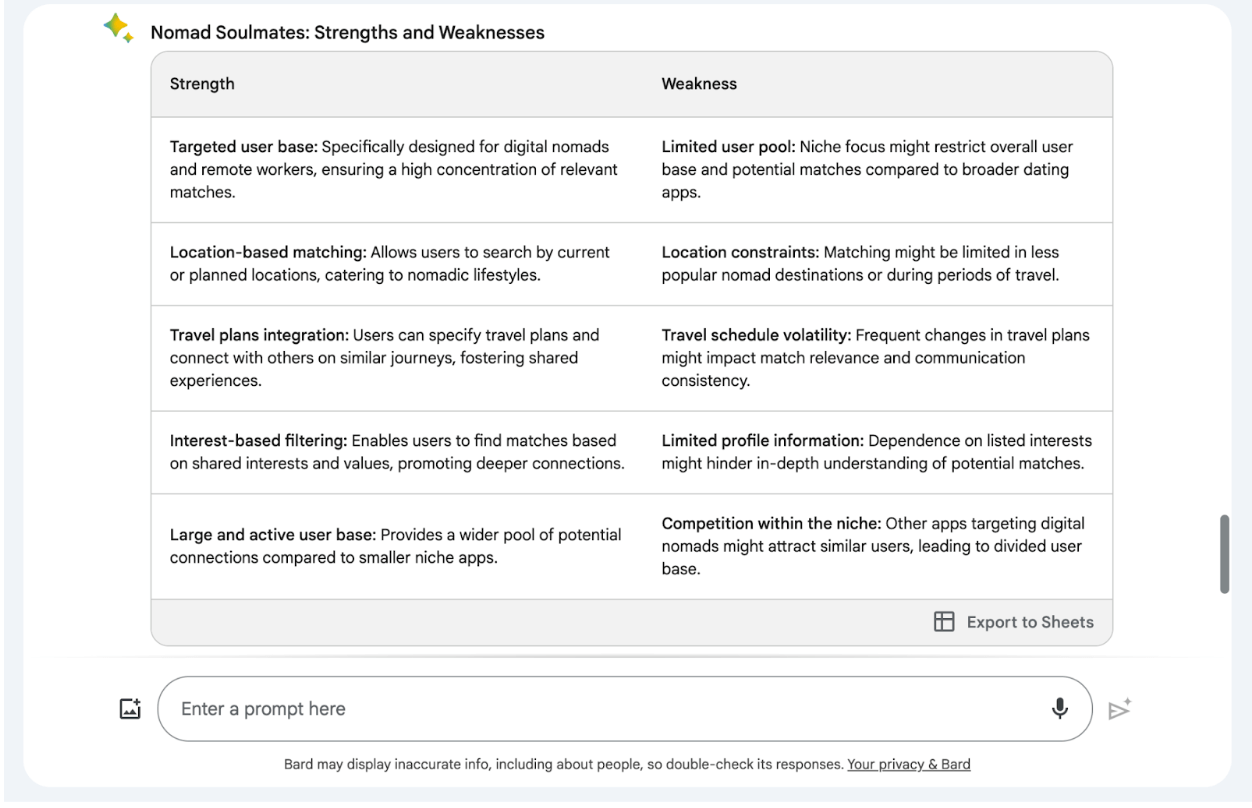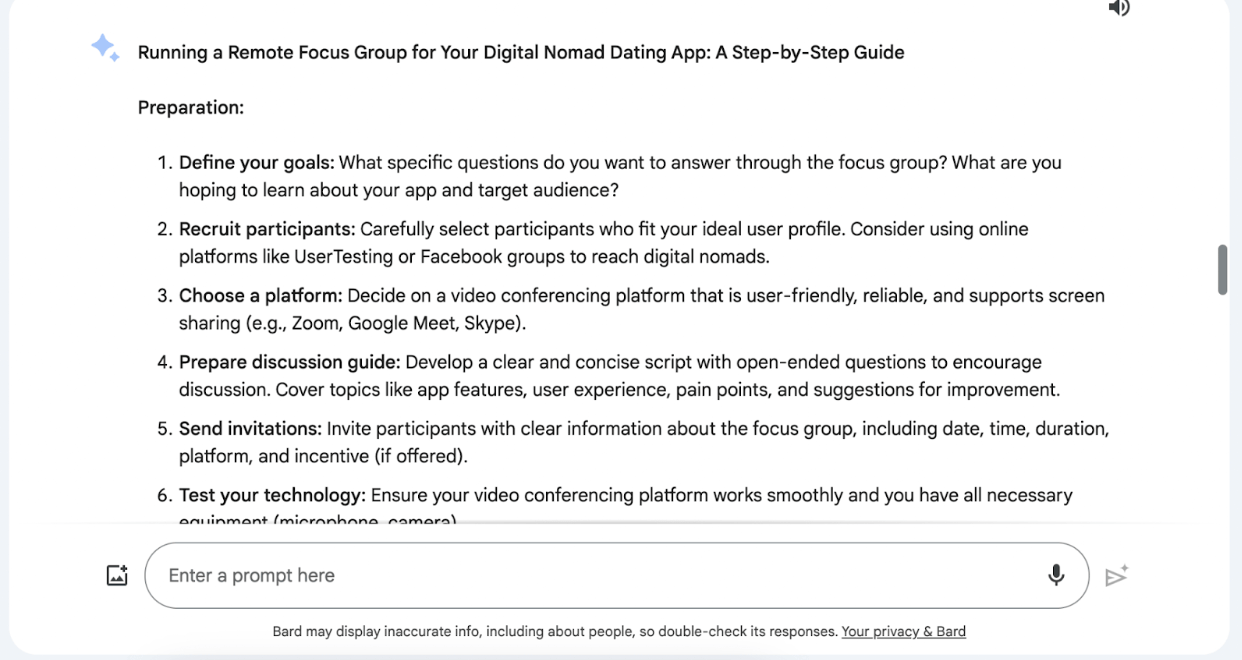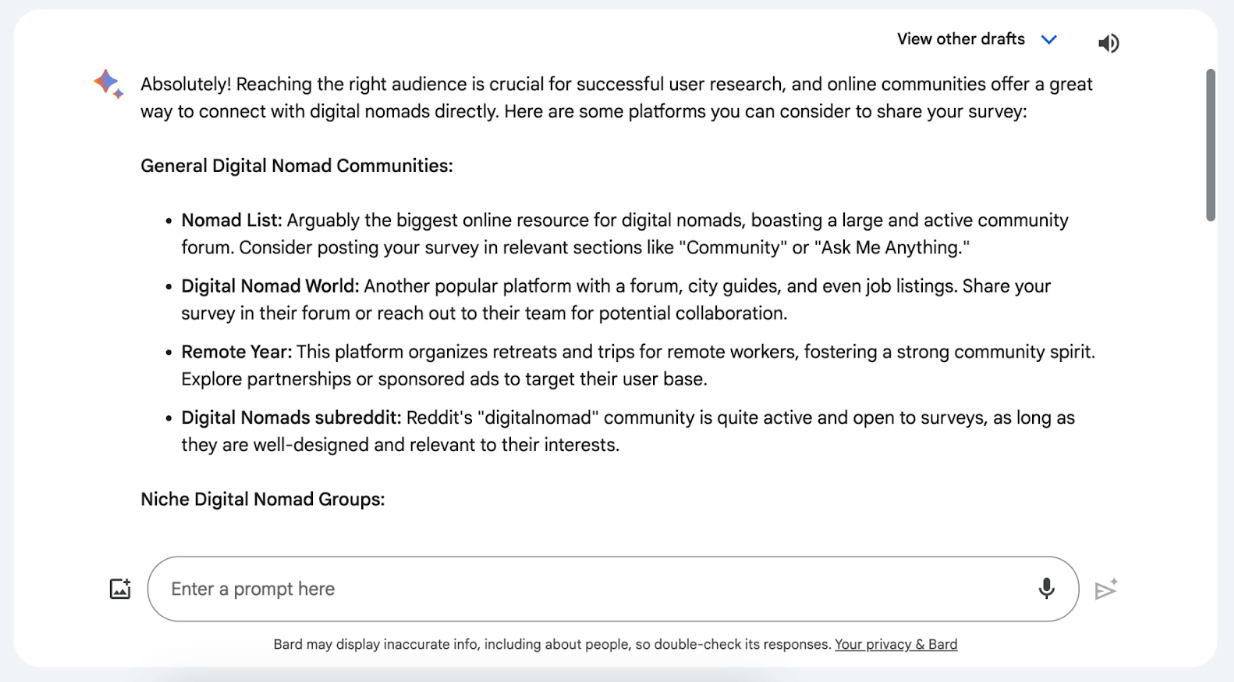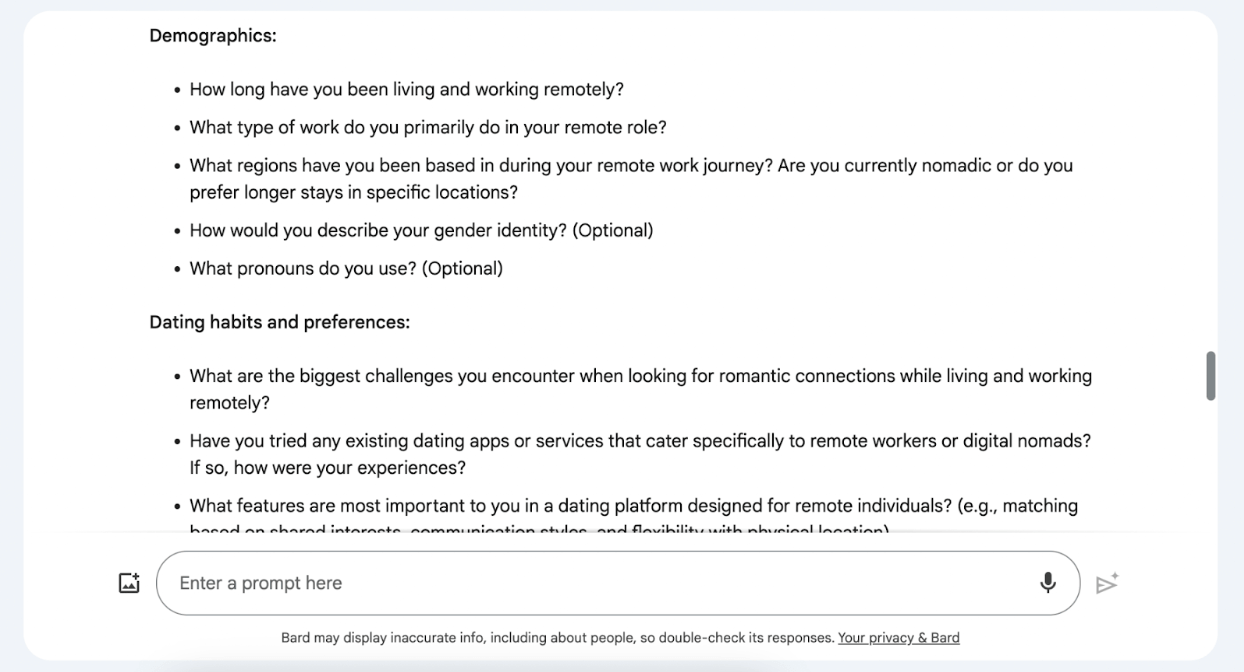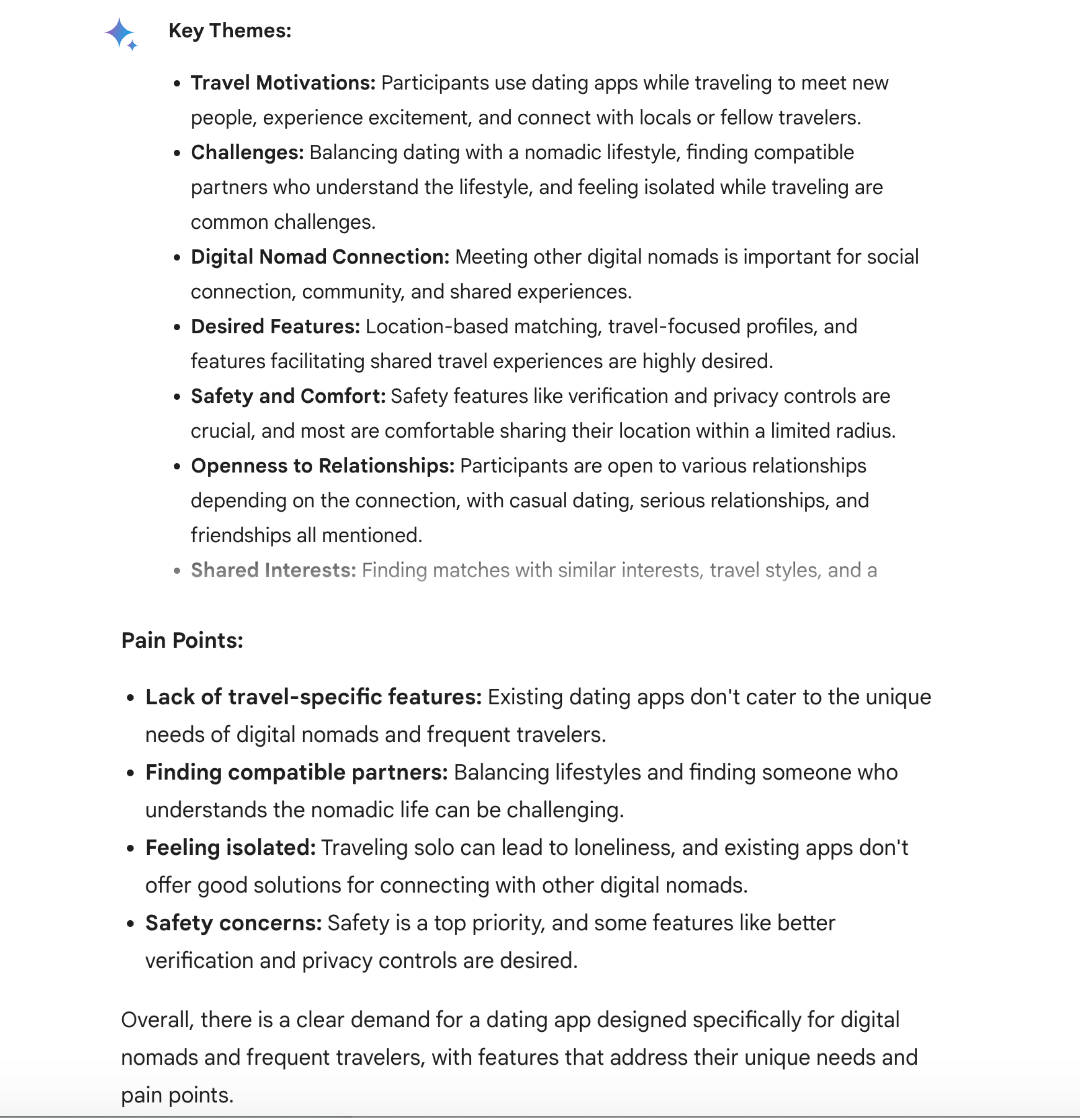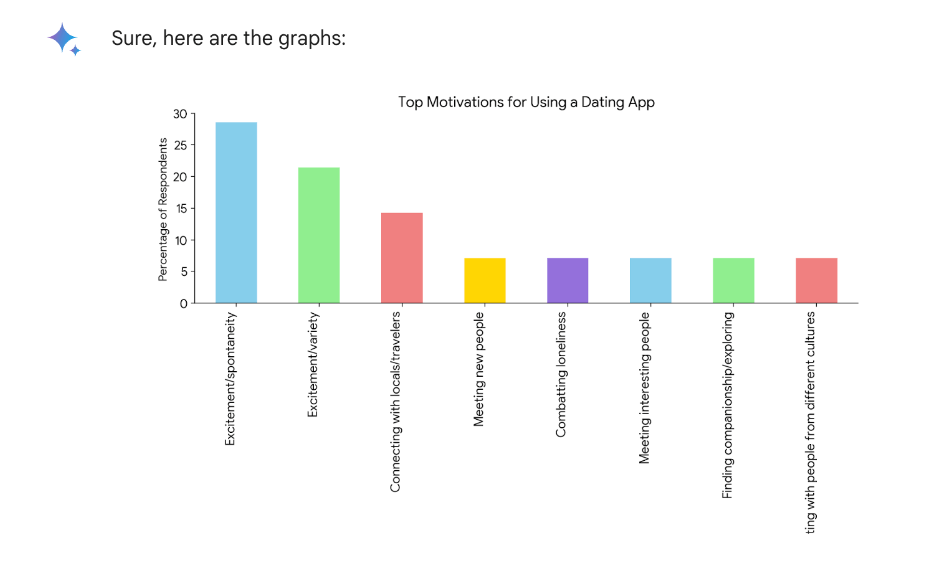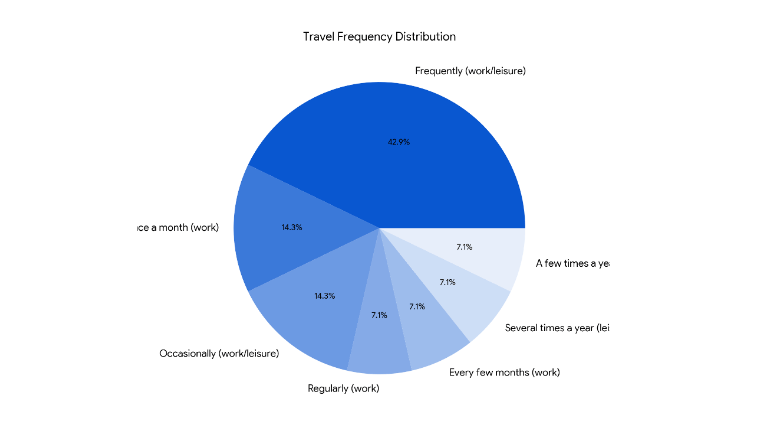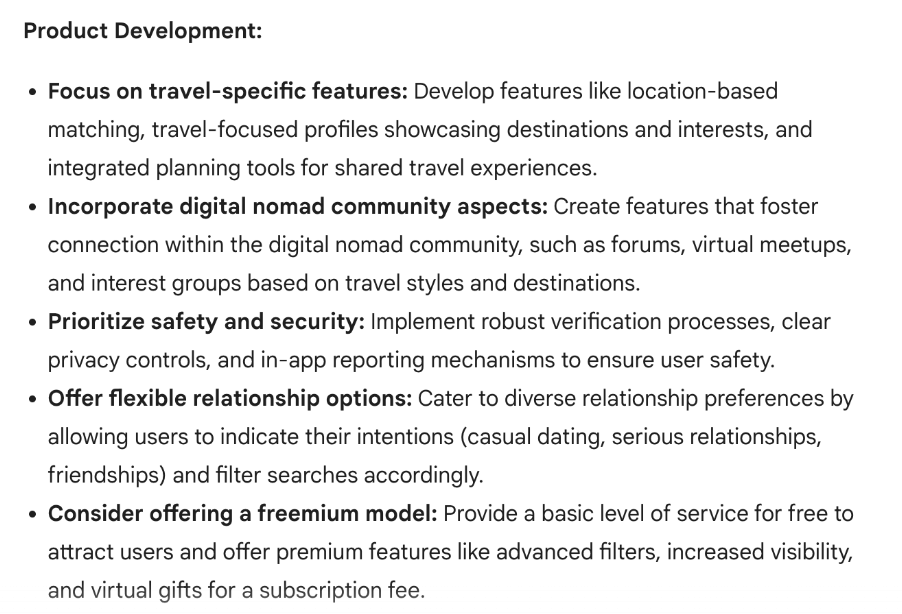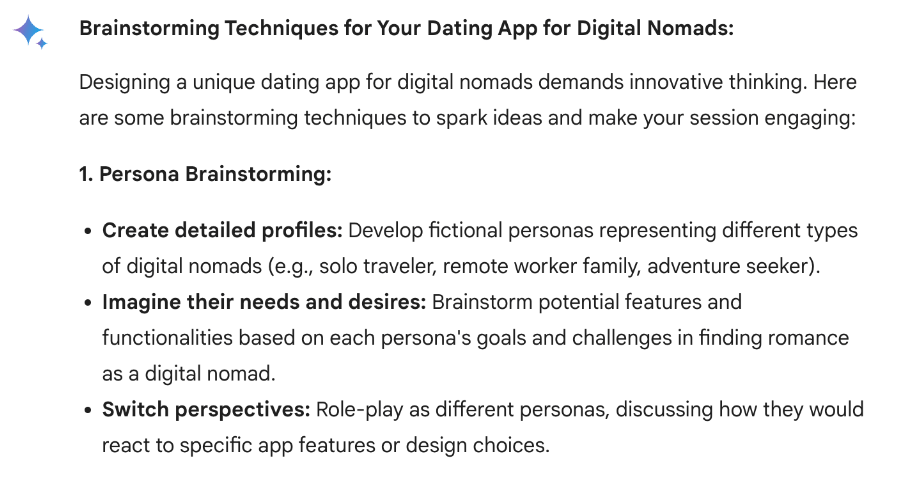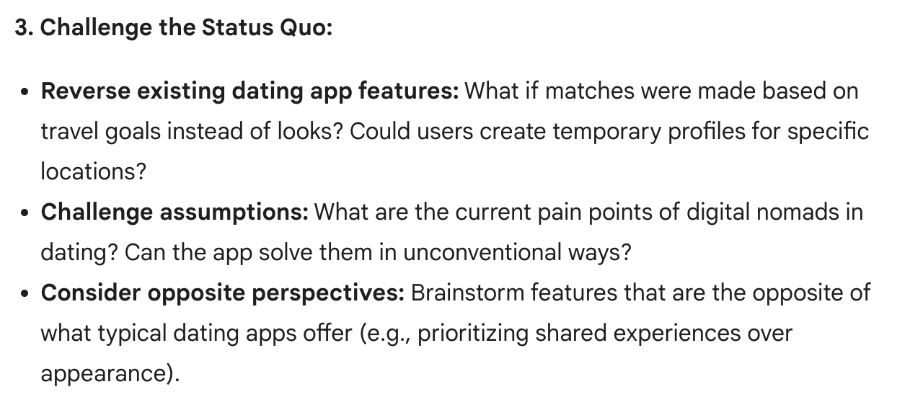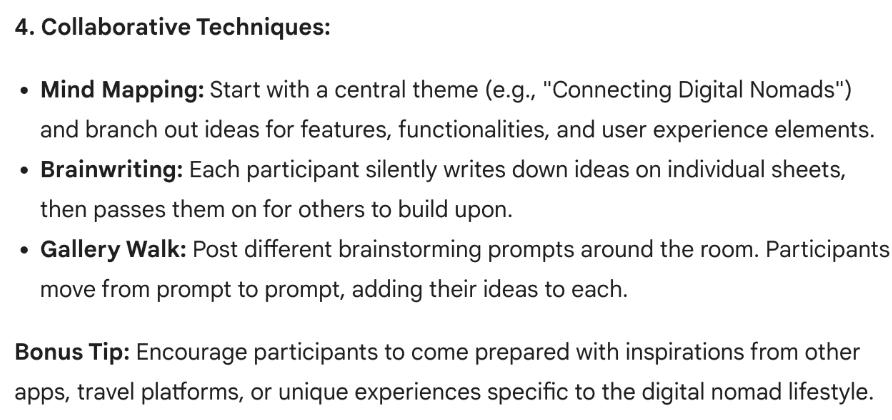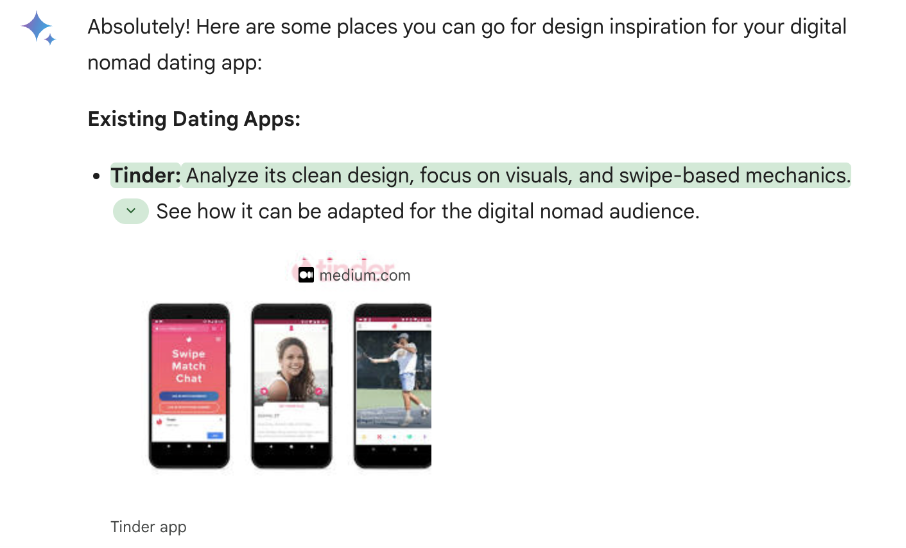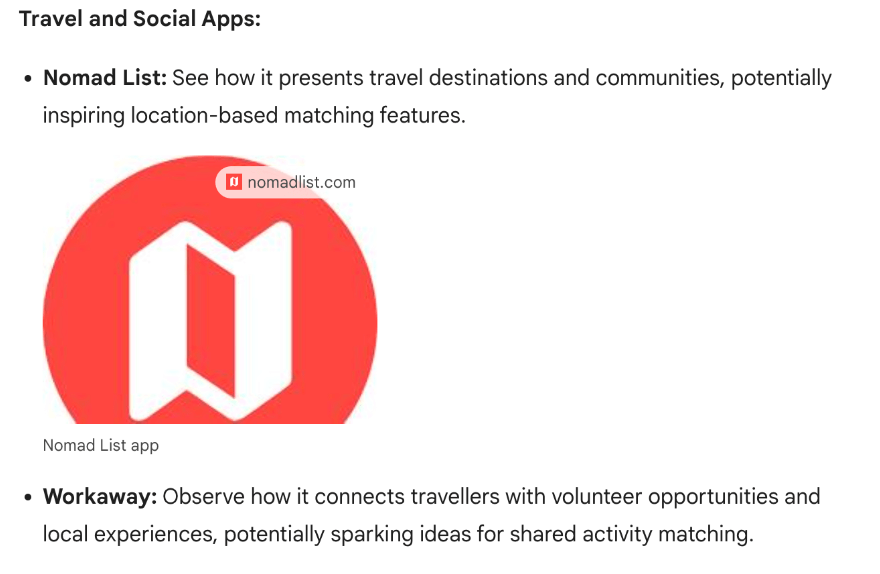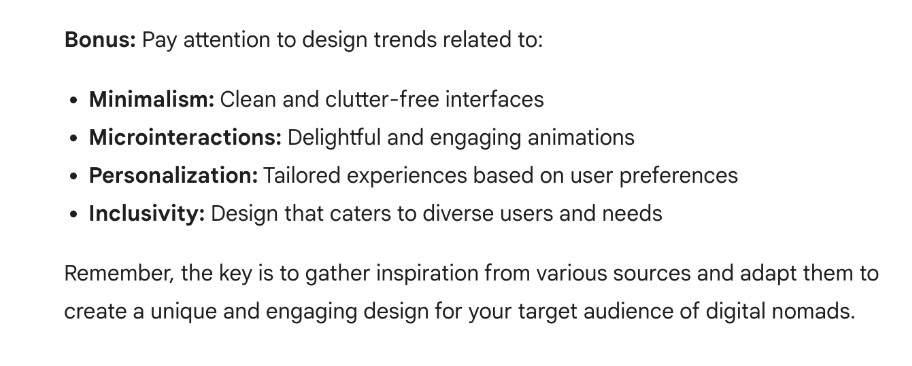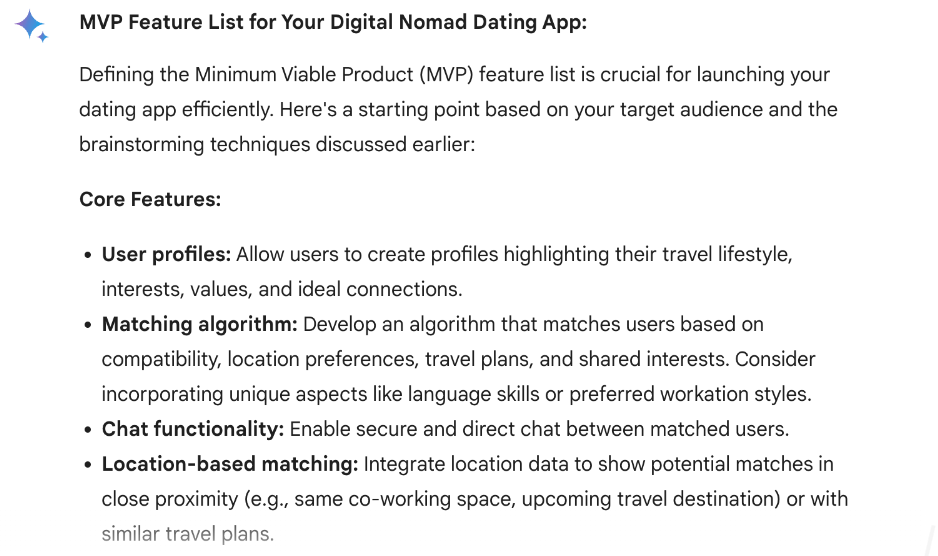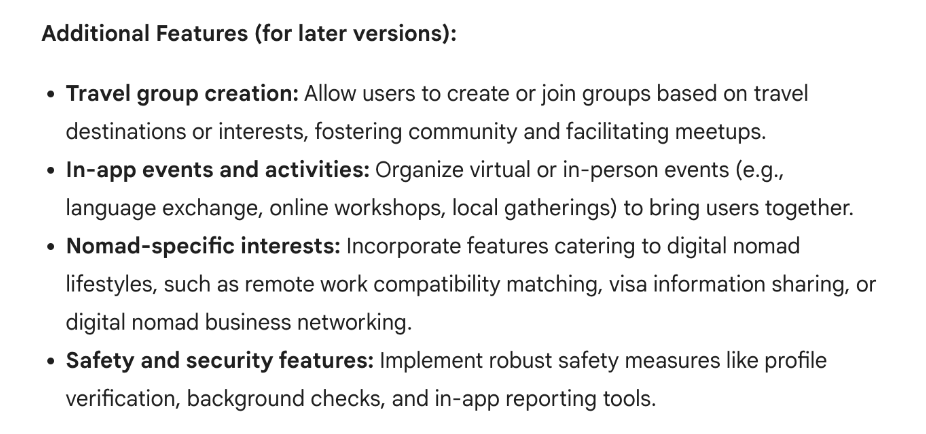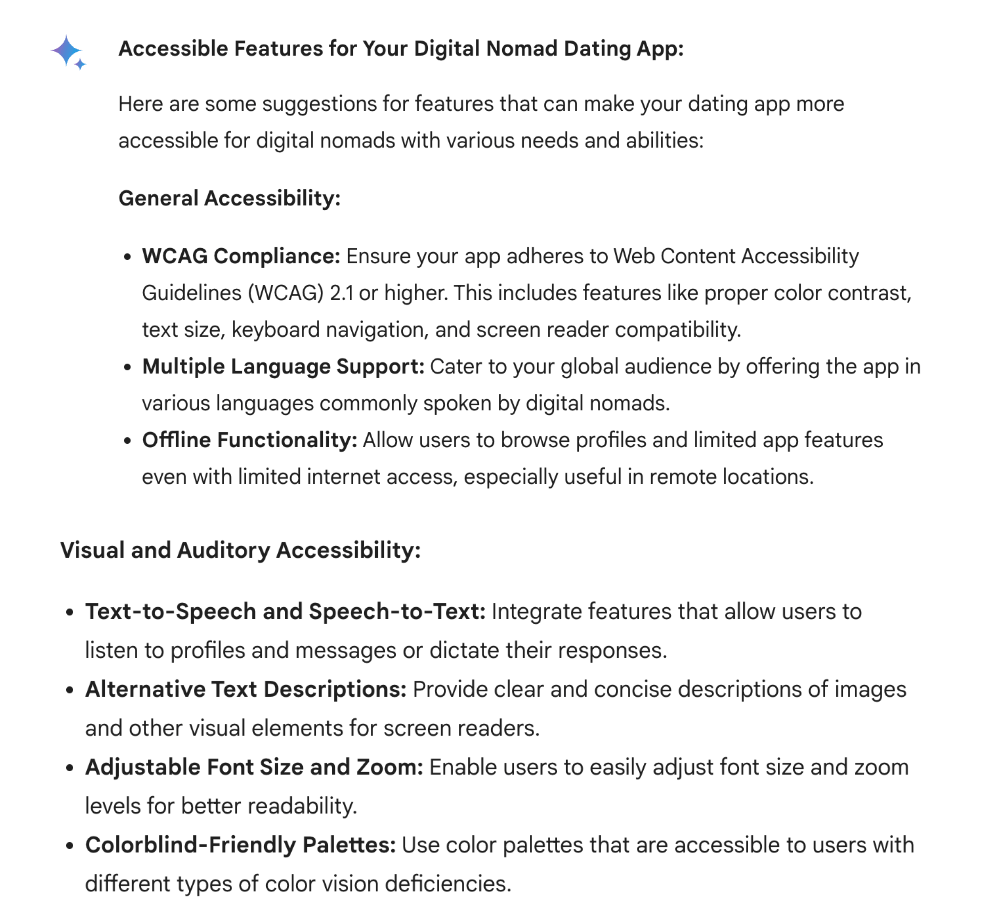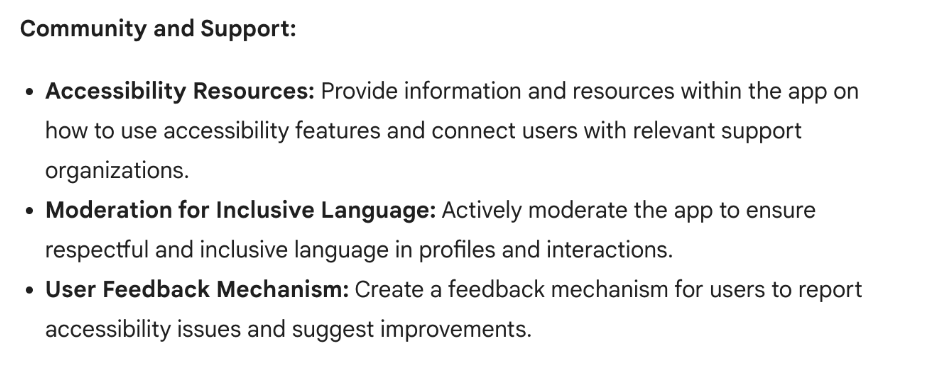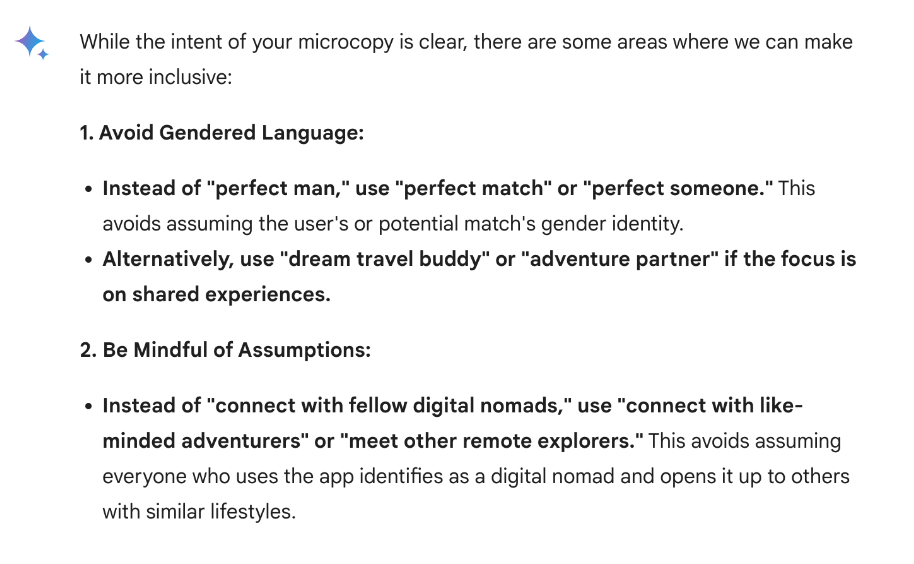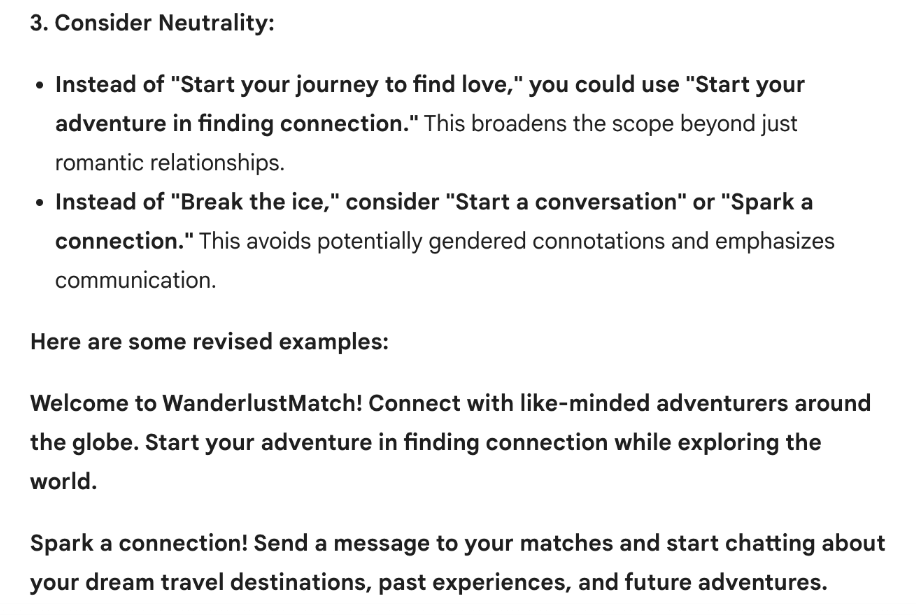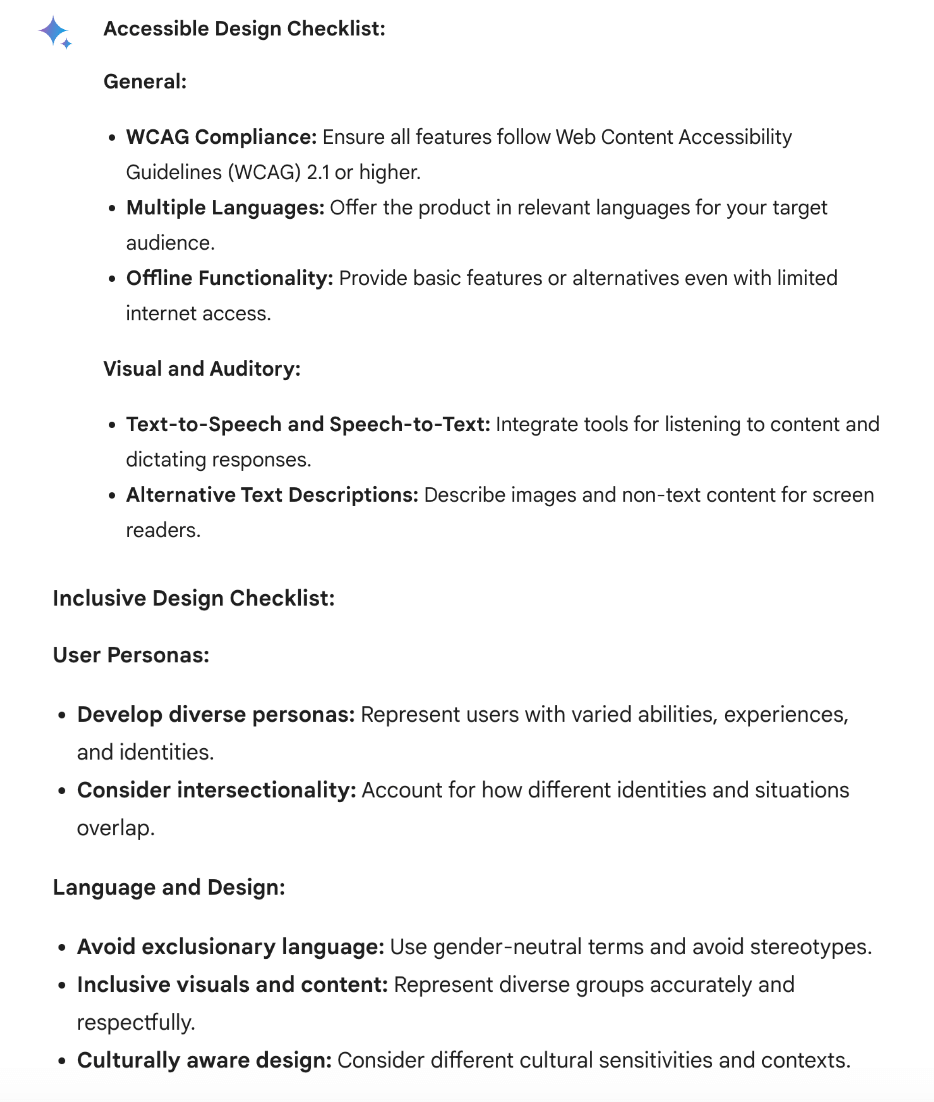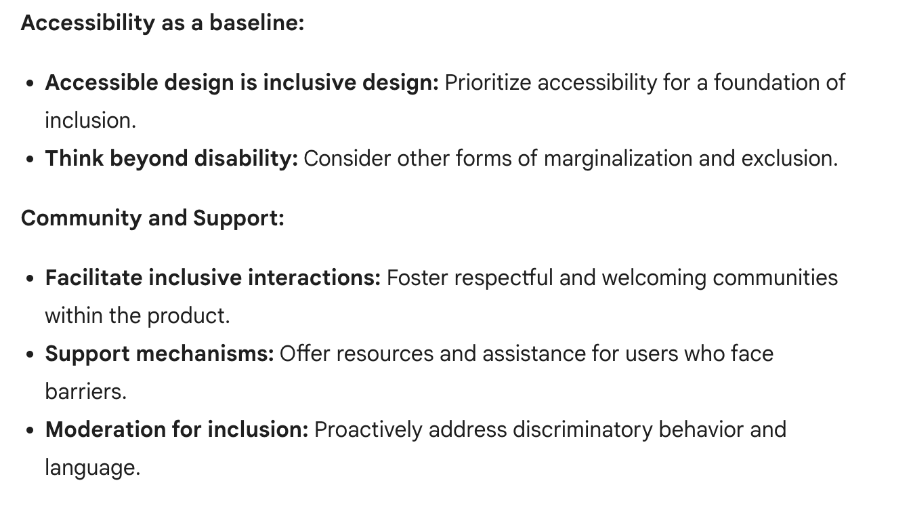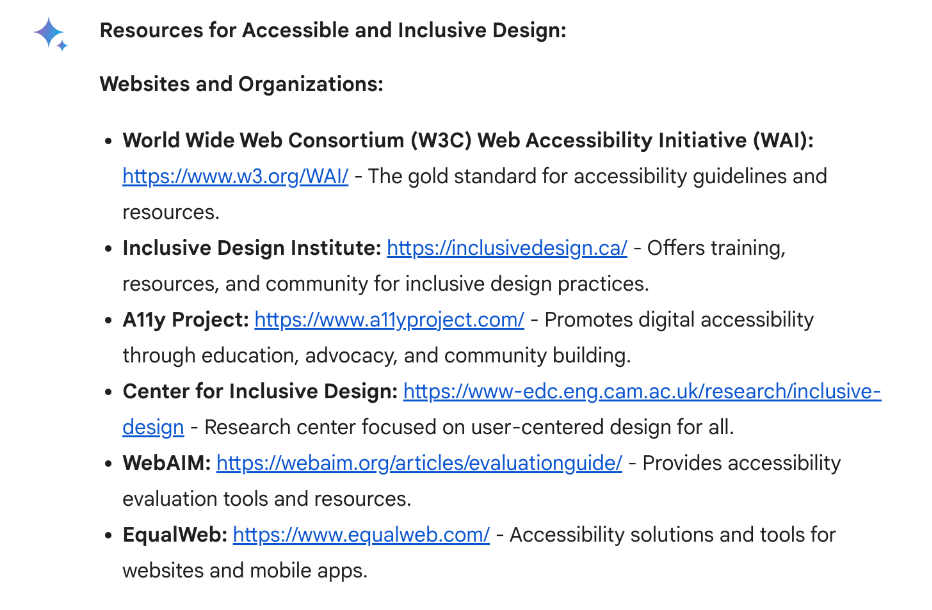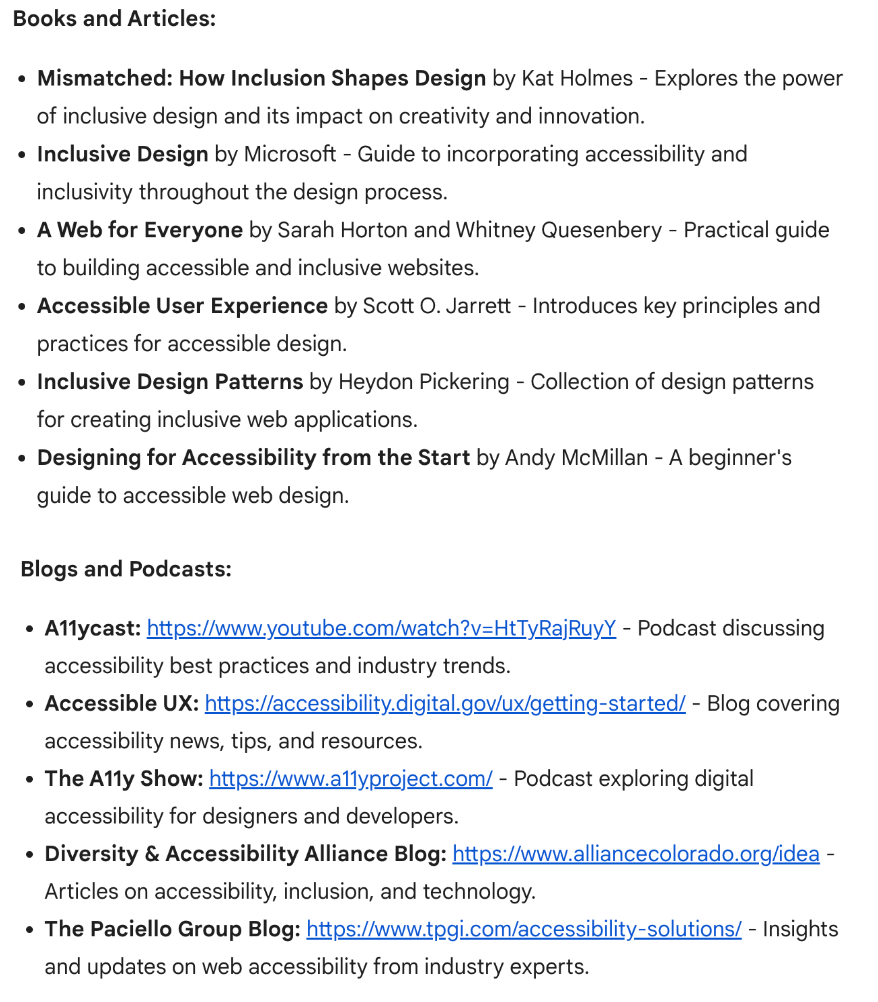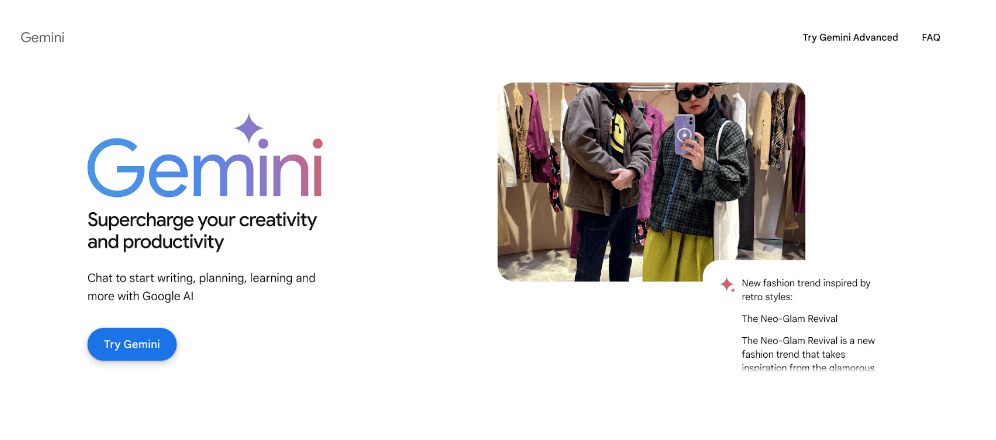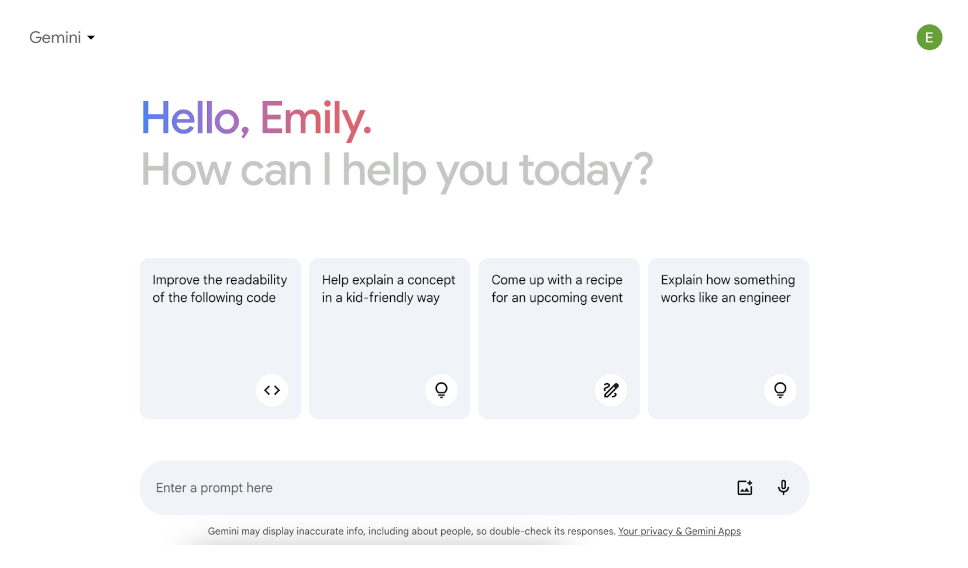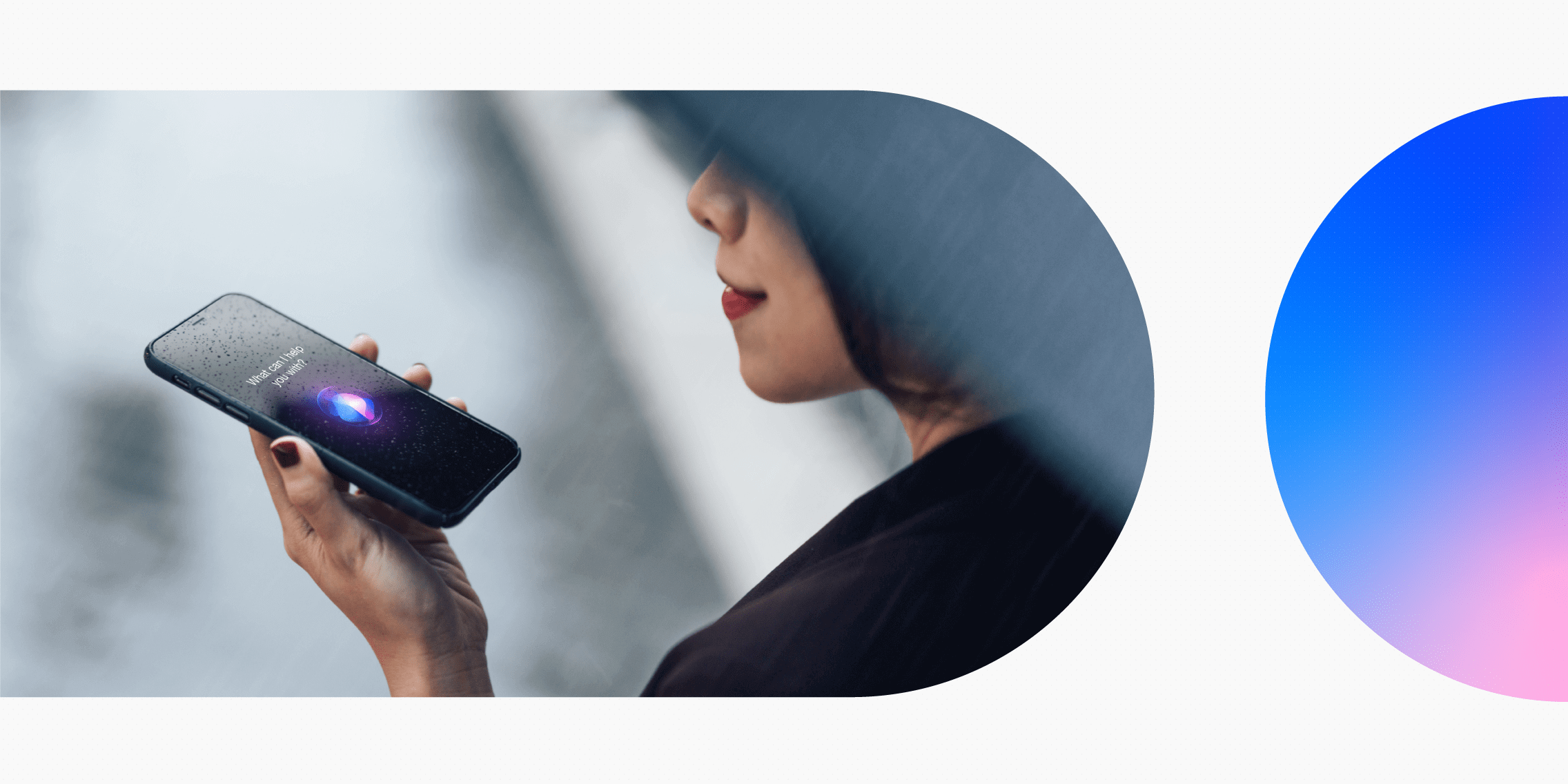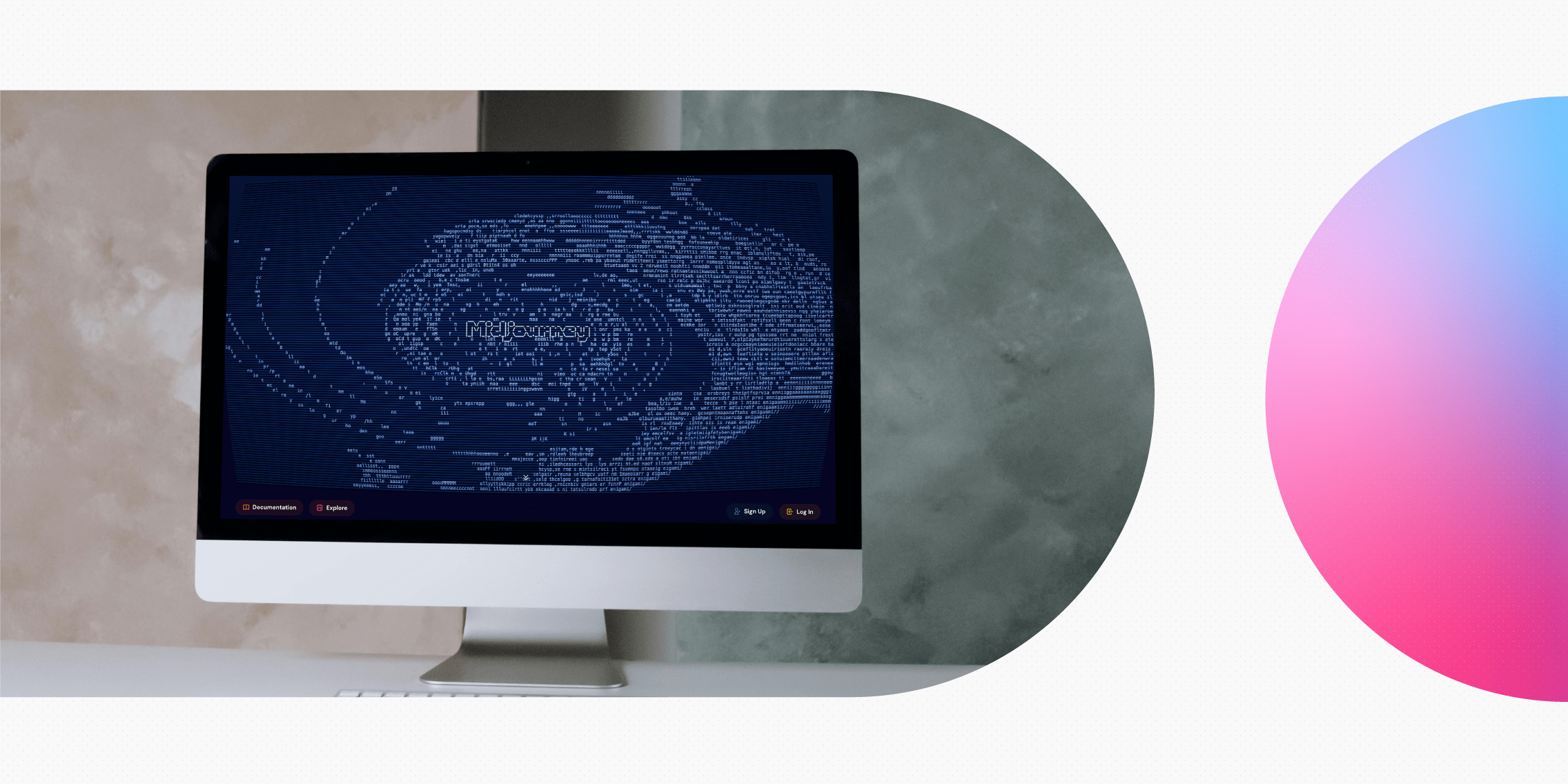You’ve no doubt experimented with ChatGPT—and possibly already embedded it firmly into your UX design workflow. But now there’s a new conversational AI tool on the scene: Google’s very own Gemini AI (formerly known as Bard AI).
If you’re intent on keeping up with the latest AI tools (smart move, by the way), you’ll want to get to grips with Gemini.
So what’s it all about? And how is it useful for UX designers?
We explain everything you need to know about Bard AI/Gemini so far—and share some examples of how you can use it for better UX.
What is Bard AI/Gemini?
Gemini—formerly known as Bard— is a conversational chatbot developed and owned by Google. Launched in March 2023, it’s now widely available in more than 40 languages across over 230 countries and territories.
Bard AI (aka Gemini) can understand and respond to questions, generate text and image content, write code, translate different languages, find patterns and trends within data, and generate data visualisations.
Most exciting, perhaps, is that Bard/Gemini can access the internet. This means you can use it just like you’d use Google to search the web—but in a more conversational manner, and with more bespoke results.
In the words of Sundar Pichai, CEO of Google and Alphabet:
“Bard seeks to combine the breadth of the world’s knowledge with the power, intelligence and creativity of our large language models. It draws on information from the web to provide fresh, high-quality responses. Bard can be an outlet for creativity and a launchpad for curiosity…”
How does Bard AI/Gemini work?
Bard AI or Gemini AI is Google’s most advanced large language model to date. It uses natural language processing (NLP) and machine learning (ML) to simulate human conversations. This enables it to understand user questions and respond in a way that’s both appropriate and useful.
If you’re not familiar with AI terminology, here’s a quick recap on what those terms mean:
- Natural language processing (NLP) is a type of artificial intelligence (AI) that enables computers to read, interpret, and generate human language. This is how tools like Bard/Gemini understand what we’re saying or writing and respond appropriately.
- Machine learning (ML) is the method used to train computers to understand different types of information and perform certain tasks. You feed the system examples so that, over time, it figures out how to interpret and respond in different contexts—without being explicitly programmed for every single use case.
- Language learning models (LLM) help computers get better at performing language-related tasks (such as responding to a user’s question). In machine learning, the language learning model is like a student who improves their language skills over time by studying lots of different examples and practising speaking and writing the new language
That’s a very brief look at the technology behind Bard AI/Gemini. Now let’s consider how this translates in terms of day-to-day functionality.
What can Bard AI/Gemini do? Core functions and features
Gemini is a conversational chatbot, which means you can enter questions or prompts and it will generate a relevant response. What makes Gemini especially useful is that it can access the internet. So: you’ve got the power of search and artificial intelligence all in one tool.
In terms of what Bard AI/Gemini can actually do, here are some of the tool’s most interesting functions and features so far:
- Voice input: You can interact with Gemini hands-free by asking questions or providing prompts verbally. If requested, it can provide an audio response, too.
- Image-based prompts: In addition to text and voice-based questions and prompts, you can also provide prompts in the form of images.
- Image generation: Enter prompts to explain your creative vision and Gemini will generate images accordingly (which you can then download).
- Seamless connection with Google search: If you’re not satisfied with Gemini’s answer, you can click “Google it” to launch a web search instead.
- Double-check: Verify the accuracy and reliability of Gemini’s responses by asking the tool to double-check it. With this feature, it will check whether there’s content on the internet to substantiate the answer provided, using a colour-coded system to highlight possible areas of doubt.
- Write, debug, and export code in numerous programming languages including Python, C++, Javascript, Ruby, SQL, and Swift.
- Data analysis: Bard AI/ Gemini can help you identify patterns, trends, and correlations within a dataset, and to interpret findings.
- Integration with Google apps and services: Gemini can retrieve and work with real-time information from Maps, YouTube, Hotels, and Flights—enabling you to pull what you need from multiple sources.
- Integration with Gmail, Docs, and Drive: If you use Google Workspace, you can enable Gemini to interact with content from your Gmail account, Google Docs, and Google Drive. This is useful for locating and summarising information across your personal content.
Gemini is constantly being updated with new features and functionality. Check the Gemini updates page for all the latest changes and improvements. It’s also quite interesting to see how the tool has evolved over time!
How can UX designers use Bard AI/Gemini?
We’ve covered Bard AI/Gemini in general terms. So what about its role in UX design? How can UX designers use Bard to enhance and streamline their work?
Gemini is a powerful UX assistant whose strengths lie in rapidly gathering, providing, and interpreting different types of information—as well as generating new content. This makes it a highly valuable tool throughout the design process.
UX designers can use Gemini to help with:
- Competitor analysis and user research
- Interpreting data and visualising key insights
- Brainstorming and ideation
- Visual design
- Design feedback
- Inclusive and accessible design
- More efficient project management and organisation
- UX documentation
- Learning and professional development
There’s huge scope to leverage Gemini for better UX. But, as is the case with all AI tools, the quality of the output depends on the input. In other words, you need to know how to interact with the AI in order to receive outputs that are relevant and valuable.
On that note, let’s share some specific examples and prompts you can use to leverage Bard AI/Gemini throughout your UX workflow.
5 ways you can use Gemini to become a better UX designer
Note: All the prompts given to Bard AI/Gemini for the purpose of this article are indicated in italics below.
1. Use Gemini for competitor analysis
Gemini can help you conduct competitor research and analysis at lightning speed. You can use it to:
- Generate a list of competitors
- Identify user demographics and pain-points
- Identify strengths and weaknesses in existing, competing products
Here are some examples for how you could formulate prompts, and the kind of output Gemini gives.
I’m a UX designer working on a dating app for digital nomads. Can you generate a list of the top five competitors in this area please?
What can you tell me about the people who use these apps? e.g. demographic profiles, their needs and goals, pain-points, etc.
Out of the competing apps you shared, Nomad Soulmates looks interesting. What are the product’s main strengths and weaknesses? Can you present them side-by-side in a table, please.
As you can see, Gemini’s responses give you a good basis for kick-starting your competitor research. Just remember to fact-check with your own research, too.
2. Supercharge your user research
Gemini (and similar tools) should never be used as a replacement for user research conducted with real, human participants. You might be tempted to ask the tool to generate user personas based on hypothetical or assumed characteristics and pain-points—but that would be a bad use of AI.
Instead, use Gemini to help you:
- Identify suitable research methods and tools for specific use cases
- Plan your user research—for example, Gemini can help you formulate interview questions and generate step-by-step plans and guides
- Generate user personas based on real research data (provided by you)
Let’s consider some prompts you might put in and see how Gemini responds.
I’m conducting UX research for my digital nomad dating app. I’d like to run a focus group remotely. Can you generate a step-by-step guide and/or checklist of everything I need to cover?
I’m conducting user research for my digital nomad dating app. I’m still in the exploratory phase so I’d like to learn more about who my target users are and the kinds of pain-points they face when it comes to dating as a digital nomad. I’m thinking of sending out an online survey. Can you share some useful online communities/platforms I could use to share my survey and gather as many responses as possible?
Great, thanks. Can you help me come up with a list of questions I could include in my user survey? Please make sure they are bias-free and use inclusive language.
With the right prompts, Gemini can streamline almost every aspect of your user research—allowing you to focus on your participants and get to those all-important user insights. However, we always recommend using your discretion to review the responses given by Gemini or any AI tool for that matter.
3. Use Gemini AI to interpret and communicate research data
Now this is a useful hack: if you host your research data in a publicly-available document in your Google Workspace (such as a Google Doc or Sheets file), you can share a link to the document with Gemini and ask for help summarising and interpreting the data. Alternatively, you can copy-paste research data into the chat directly (if you don’t want to connect Gemini to your Google Workspace).
Gemini can help you:
- Identify trends in both qualitative and quantitative data
- Speed up the process of conducting sentiment analysis (which is notoriously time-consuming)
- Create data visualisations
- Generate action points
BUT: When giving Bard AI / Gemini access to research data, be mindful of privacy and data protection. It may be necessary to obtain explicit consent from your research participants to process their responses using Gemini—and you’ll absolutely need to run through your data with a fine tooth comb to make sure it’s fully anonymised and doesn’t contain any sensitive information.
With that in mind, let’s share an example of how Gemini AI can help with processing and interpreting your user research data.
Here are some questions I sent out in a user survey [paste questions into the chat]. And here are responses from participants [paste participant responses, anonymised]. Can you summarise all the responses into key themes and pain-points please?
Can you please generate some data visualisations to summarise:
1) How frequently respondents travel for work or leisure?
2) The top motivations digital nomads have for using a dating app while travelling?
3) Preferred methods of communication in a dating app?
Based on the survey responses, can you summarise key action points I should explore next?
4. Use Gemini to supercharge your creativity in the ideation phase
Gemini can be an excellent sparring partner when it comes to generating ideas and sparking creativity. Enlist Gemini to help you with:
- Brainstorming
- Defining product features
- Generating different ideas and concepts
- Finding design inspiration
Let’s try out some prompts and see what Gemini comes up with.
I’m in the process of designing a dating app for digital nomads. This is a brand new product so I want to hold an ideation session to kick-start the process. What brainstorming techniques can I use?
Where can I go for design inspiration for my digital nomad dating app?
Can you help me define a feature list for the MVP of my digital nomad dating app?
As you can see, Gemini does a great job of hashing out initial ideas. This shouldn’t be the extent of your ideation—far from it—but rather, a jumping-off point.
5. Use Gemini AI to design more inclusively
Another great use for Bard AI/Gemini in the UX design process: supporting inclusive and accessible design. Consider asking Gemini to:
- Suggest inclusive design features and design patterns
- Brainstorm accessibility features
- Check copy for inclusivity (and generate alternative language/wording solutions)
- Create inclusive design guidelines and checklists
- Point you to useful tools and resources for inclusive design
Let’s experiment with some different prompts to see what’s possible.
I’m designing a dating app for digital nomads. Can you suggest some features I can include in the app to make it more accessible?
I’ve written some microcopy for my digital nomad dating app. Can you please check it to make sure the language is inclusive?
“Welcome to WanderlustMatch! Connect with fellow digital nomads around the globe. Start your journey to find love while exploring the world.”
“Break the ice! Send a message to your matches and start chatting about your favourite travel destinations, experiences, and future adventures.”
“Thanks for signing up! Now find your perfect man.”
I want to establish some universal guidelines for my team to help make sure we’re prioritising accessibility and inclusivity throughout our product design process. Can you generate an accessible design checklist and an inclusive design checklist please?
Can you also share some resources we can use to learn more about inclusive and accessible design?
It’s important to bear in mind that the topic of inclusive and accessible design is a complex one—Gemini AI should not be your one-stop resource or guideline. However, it can provide a high-level overview of different aspects to be aware of, and point you towards credible resources and experts in the field.
We’ve explored just a handful of possible use cases for Gemini AI within the UX design process. Hopefully that gives you an idea of what the tool is capable of and the various tasks it can help you with. We recommend taking some time to experiment with your own prompts to fully understand Gemini’s capabilities and limitations (which we’ll touch upon in the next section).
What are the limitations of Bard AI/Gemini?
Just like any other AI tool, Gemini is a powerful assistant—not a full-blown solution or replacement for your skills, expertise, and intuition as a human UX designer.
If you use Gemini AI in your UX process, it’s important to be mindful of the tool’s limitations, as well as potential ethical issues.
Here are some things to bear in mind when using Gemini AI:
- Gemini AI may lack nuance and depth: It might feel like you’re interacting with a human, but don’t lose sight of the fact that Gemini AI is a machine. It’s brilliant at processing and generating factual information, but it may struggle with abstract concepts and more complex questions. Review all outputs with a critical eye!
- Data-driven bias: The responses you get from Gemini AI are heavily influenced by the data it’s been trained on. As such, Gemini (and other AI tools) can be inherently biased—it’s what they’ve been taught. Again, be critical when evaluating the output to avoid perpetuating harmful biases in your own design work.
- Limited originality: Human creativity knows no bounds—but the same cannot be said for AI. Gemini can generate new content and ideas, but don’t expect its solutions to be truly original or groundbreaking. Rather, use them as a springboard for your own ideas.
- Gemini AI is no match for human empathy and emotional intelligence: AI tools can’t fully understand or replicate human emotions and experiences, nor are they capable of empathy. Gemini AI can help you generate ideas and concepts, but it’s your job to ensure that design solutions effectively meet end-user needs and connect with them on an emotional level.
- Data privacy concerns: Gemini AI is continuously learning and improving based on the data it receives—and that includes data that comes from users. This raises questions about data privacy, so be mindful of what kind of information you share.
Ultimately, it’s important to remember that Bard/Gemini and other AI tools aren’t always 100% accurate or reliable, nor can they be counted on to provide fully ethical, bias-free responses or information.
Use Gemini AI thoughtfully to enhance your own creativity, problem-solving, and productivity—but never as a replacement.
How to get started with Gemini AI (signing up and accessing the tool)
Getting started with Gemini AI is relatively simple. Note that you’ll need a Google account (a personal gmail account is fine). Go to the Bard AI / Gemini website and click “Try Gemini” (if you’re already signed into your Google account) or “Sign in.”
Once you’ve signed in and agreed to the privacy terms, you’ll be taken to the home screen.
And that’s it—you’re ready to go! Type your prompt into the designated field and see what Gemini can do.
Using Gemini AI for UX: the takeaway
Gemini (Gemini) is one of the newer AI tools on the block, but it’s got a promising list of features and functionalities—many of which are a great help for UX designers. You can use it to help with research, competitor analysis, ideation, inclusive and accessible design…to name just a few potential use cases.
Experiment, explore, and see what’s possible—and always bear in mind that Gemini is there to help you, not replace you. Use it with care and be mindful of its limitations and potential ethical issues.
More AI tools and resources for UX designers
Google’s Gemini is just one of many AI tools available for UX designers. If you’d like to discover additional tools and learn more about the impact of AI on the UX industry, check out these posts:
- The top 5 AI-powered tools for user research (and how to use them)
- The 6 best AI tools for content design
- Will AI replace UX designers?
You might also like:



